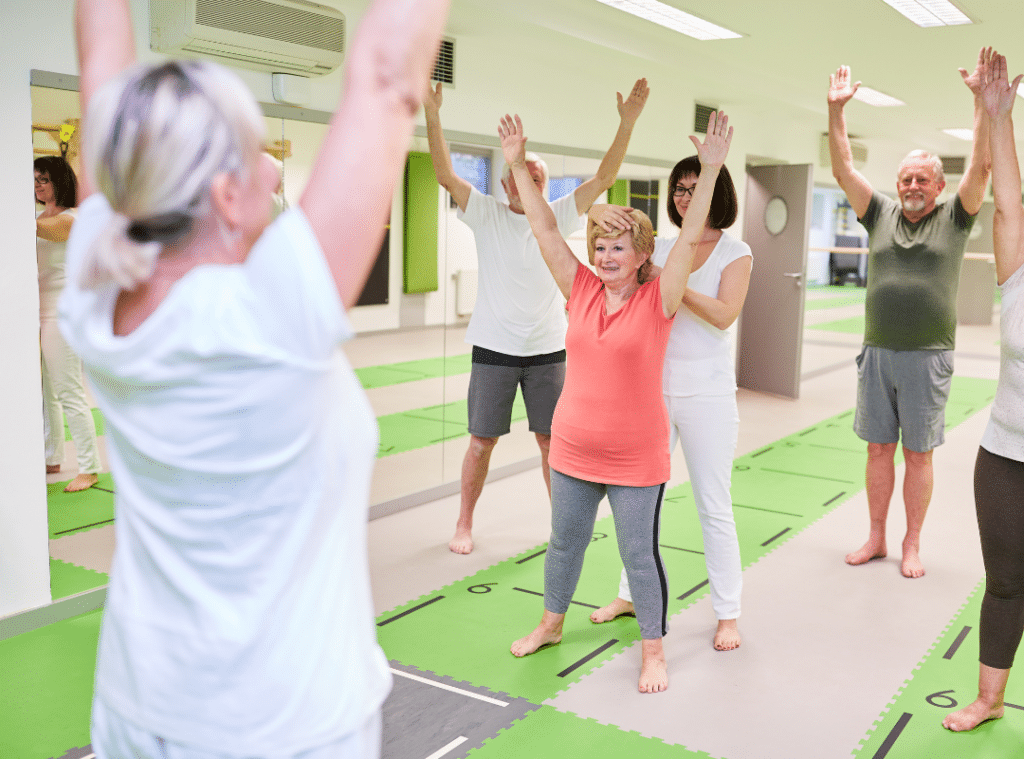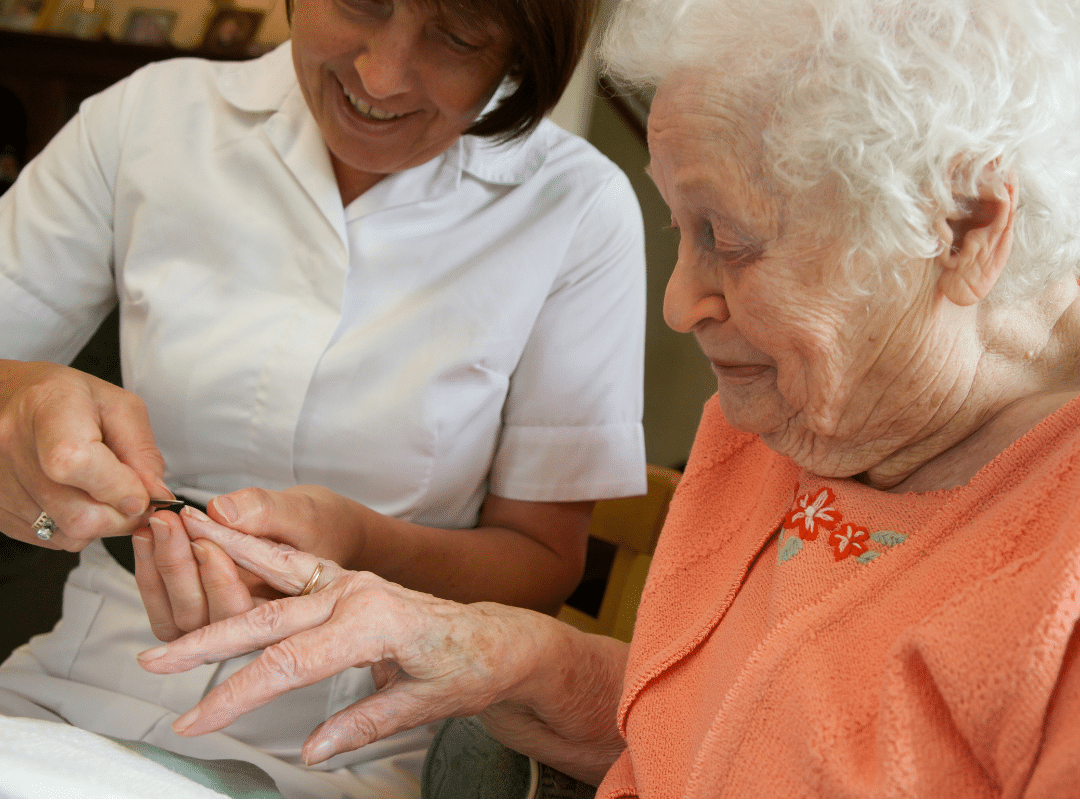Assisted Living Respite Care: Support and Relief Benefits
Assisted Living Respite Care: Support and Relief
When you’re a caregiver, juggling responsibilities can be exhausting.
It’s vital to recognize the support Assisted Living Respite Care at Westmont of Santa Barbara can provide. This short-term solution offers a break for you and guarantees your loved one receives quality care in a safe environment.
Understanding the benefits and logistics of respite care can be significant.
What might this support look like for you and your family? Let’s explore further.
Assisted Living Respite Care: Short-Term Support for Seniors and Families
When juggling the demands of caregiving, finding a reliable source of short-term support can be essential for both your well-being and that of your loved one. Assisted living respite care offers a compassionate solution, providing temporary relief when you need a break. This type of care allows you to recharge while ensuring your loved one receives quality support in a nurturing environment. Whether through family, friends, or professional services, options abound. Consider utilizing resources like the ARCH National Respite Locator Service to find local programs that fit your needs. By embracing this support, you’re prioritizing your health and enhancing the overall quality of life for you and your loved one. Additionally, respite care prevents caregiver burnout and improves the emotional well-being of those providing care.
Exploring Assisted Living Respite Care: Benefits, Costs, and How It Works
Understanding the benefits, costs, and logistics of assisted living respite care can provide clarity and support as you navigate the complexities of caregiving. This type of care offers a much-needed break for you while ensuring your loved one receives professional assistance in a comfortable environment. The costs can vary, often depending on the duration and level of care required, but options exist for every budget. Services may include meals, housekeeping, and personalized activities, enhancing your loved one’s well-being. Additionally, many facilities offer customized care services that cater to the unique needs of residents. You can contact local facilities or organizations like the ARCH National Respite Network to get started. Knowing how respite care works empowers you to make informed decisions that benefit you and your loved one.
Who Pays for Respite Care? Exploring Coverage Options
How can you navigate the financial landscape of respite care? Understanding who pays for respite care can help you plan effectively. If you use professional services, expect to pay hourly or daily. Medicare covers hospice respite care for up to five consecutive days, providing some relief. Medicaid can also offer assistance, depending on your state’s regulations. Unfortunately, most private health insurance plans don’t cover respite care costs. You might find support through state-sponsored programs or local community resources. Exploring options like the ARCH National Respite Locator Service can connect you to valuable resources. By identifying financial support, you can guarantee your loved ones receive the care they need while you take necessary breaks. Additionally, looking into government assistance programs can provide further financial relief for respite care services.

Short-Term Respite Care for Elderly Loved Ones: What to Expect
Understanding the various financial options for respite care sets the stage for considering short-term solutions for elderly loved ones. When you choose short-term respite care, you can expect:
- Personalized care tailored to your loved one’s needs.
- A comfortable, safe environment with trained staff.
- Engaging in activities to promote social interaction and well-being.
- Flexible duration, allowing you to select the length of stay.
This support alleviates caregiver stress and enriches your loved one’s life. As you explore these options, remember that asking for help is a sign of strength. Short-term respite care can provide you and your elderly loved one the relief needed to recharge and maintain overall well-being. Additionally, respite care can be a critical resource for families caring for seniors with complex needs, ensuring they receive the necessary support while caregivers take a well-deserved break.
Understanding Respite Care Limits: How Many Hours Can You Get?
When considering respite care, you might wonder how many hours of support you can realistically access. The availability of respite care varies based on several factors, including the provider, your location, and the specific needs of the care recipient. Generally, you can find services ranging from a few hours to several days or weeks. Many programs offer flexible options, allowing you to customize the duration based on your circumstances. It’s crucial to communicate your needs clearly to potential providers and inquire about their limits on service hours. Remember, securing respite care is about finding the right balance to guarantee you and your loved one receive the support necessary for your well-being.
Finding a moment to breathe in the whirlwind of caregiving can feel like searching for a needle in a haystack. Assisted living respite care at Westmont of Santa Barbara offers that essential lifeline, allowing you to recharge while ensuring your loved one receives the support they deserve. With its many benefits, from professional care to engaging activities, respite care isn’t just a break; it’s a bridge to enhanced well-being. Embracing this option can transform your life, bringing peace and joy into your routine. For more information, call us at 805-845-4921.
Frequently Asked Questions
What are the disadvantages of respite care?
While respite care provides short-term relief for caregivers, it does have some drawbacks. The cost can be a significant concern, as insurance or government programs often do not fully cover it. Additionally, transitioning a loved one into temporary care may cause stress or confusion, particularly for those with dementia or memory-related conditions. Finding a facility or provider that meets specific needs and preferences can also be challenging, requiring thorough research and planning.
How much respite care will Medicare pay for?
Medicare covers respite care under its hospice benefit for individuals who qualify for hospice services. It typically pays for up to five consecutive days of inpatient respite care at a Medicare-approved facility, such as a hospital or skilled nursing facility. However, families may be responsible for a small copayment (typically 5% of the Medicare-approved cost). If respite care is needed beyond what Medicare covers, families may need to explore private payment options or other assistance programs.
How much is respite care per day?
The cost of respite care varies depending on location, the level of care required, and the type of facility. On average, daily respite care costs range from $100 to $300 for in-home services and $150 to $400 for facility-based care. Sometimes, overnight or extended-stay respite care in a skilled nursing facility may be more expensive. Financial assistance options, such as long-term care insurance or Medicaid waivers, may help offset costs for eligible individuals.
What is respite care in assisted living?
Respite care in assisted living provides short-term stays for individuals who need temporary support and supervision. It is often used when family caregivers need a break, during recovery from an illness or surgery, or as a trial stay before transitioning into long-term care. Residents receive assistance with daily activities, meals, and medical needs while staying in a fully furnished apartment or room. Many assisted living communities offer respite care services for a few days to several weeks, depending on availability and individual needs.




















